Nationality American Movies Revolution OS, The Code Role Software developer | Name Eric Raymond Website www.catb.org/~esr/ | |
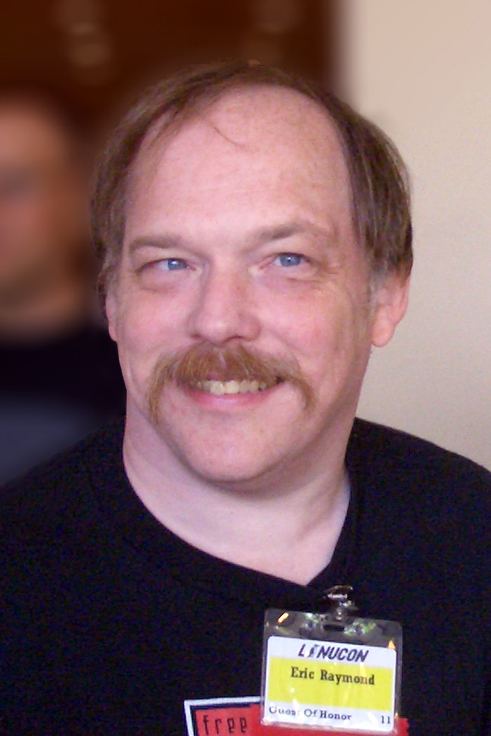 | ||
Born December 4, 1957 (age 67) ( 1957-12-04 ) Boston, Massachusetts Occupation Software developer, author Residence Pennsylvania, United States Books The Cathedral and the B, The Art of Unix Programming, Learning GNU Emacs, This is Jargon File Similar People Linus Torvalds, Richard Stallman, Bruce Perens, Guy L Steele - Jr, Michael Tiemann | ||
Build linux workstation for eric s raymond meet to mega therion
Eric Steven Raymond (born December 4, 1957), often referred to as ESR, is an American software developer, author of the widely cited 1997 essay and 1999 book The Cathedral and the Bazaar and other works, and open-source software advocate. He wrote a guidebook for the Roguelike game NetHack. In the 1990s, he edited and updated the Jargon File, currently in print as The New Hacker's Dictionary.
Contents
- Build linux workstation for eric s raymond meet to mega therion
- Eric s raymond interview 2015 tek syndicate
- Early life
- Career
- Views on open source
- Political beliefs and activism
- Personal life
- References
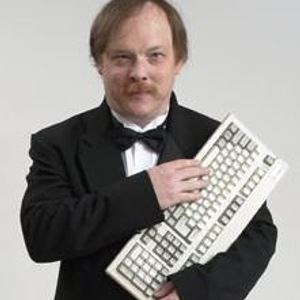
Eric s raymond interview 2015 tek syndicate
Early life
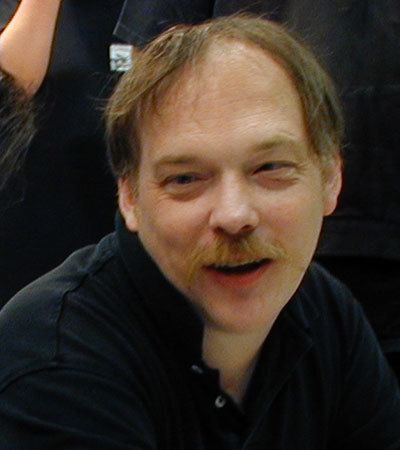
Raymond was born in Boston, Massachusetts, in 1957 and lived in Venezuela as a child. His family moved to Pennsylvania in 1971. He has suffered from cerebral palsy since birth; his weakened physical condition motivated him to go into computing.
Career
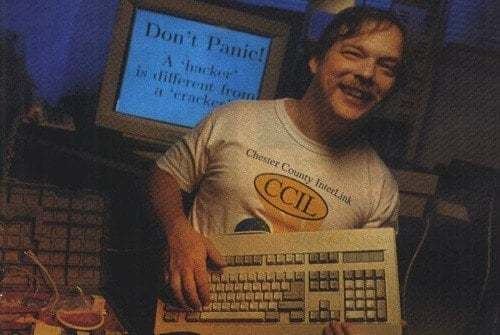
Raymond began his programming career writing proprietary software, between 1980 and 1985. In 1990, noting that the Jargon File had not been maintained since about 1983, he adopted it; he currently has a third edition in print. Paul Dourish maintains an archived original version of the Jargon File, because, he says, Raymond's updates "essentially destroyed what held it together."
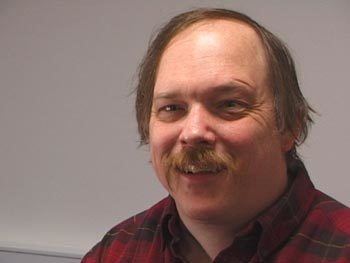
In 1996 Raymond took over development of the open-source email software "popclient", renaming it to Fetchmail. Soon after this experience, in 1997, he wrote "The Cathedral and the Bazaar", detailing his thoughts on open-source software development and why it should be done as openly as possible (i.e., the "bazaar" approach). The essay was based in part on his experience in developing Fetchmail. He first presented his thesis at the annual Linux Kongress on May 27, 1997. He later expanded the essay into a book, The Cathedral and the Bazaar: Musings on Linux and Open Source by an Accidental Revolutionary, in 1999. The internal white paper by Frank Hecker that led to the release of the Mozilla (then Netscape) source code in 1998 cited The Cathedral and the Bazaar as "independent validation" of ideas proposed by Eric Hahn and Jamie Zawinski. Hahn would later describe the 1999 book as "clearly influential".
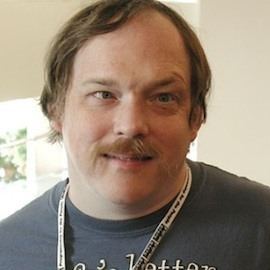
From the late 1990s onward, due in part to the popularity of his essay, Raymond became a prominent voice in the open source movement. He co-founded the Open Source Initiative in 1998, taking on the self-appointed role of ambassador of open source to the press, business and public. He remains active in OSI, and stepped down as president of the initiative in February 2005. In 1998 Raymond received and published a Microsoft document expressing worry about the quality of rival open-source software. Eric named this document, together with others subsequently leaked, "the Halloween Documents".
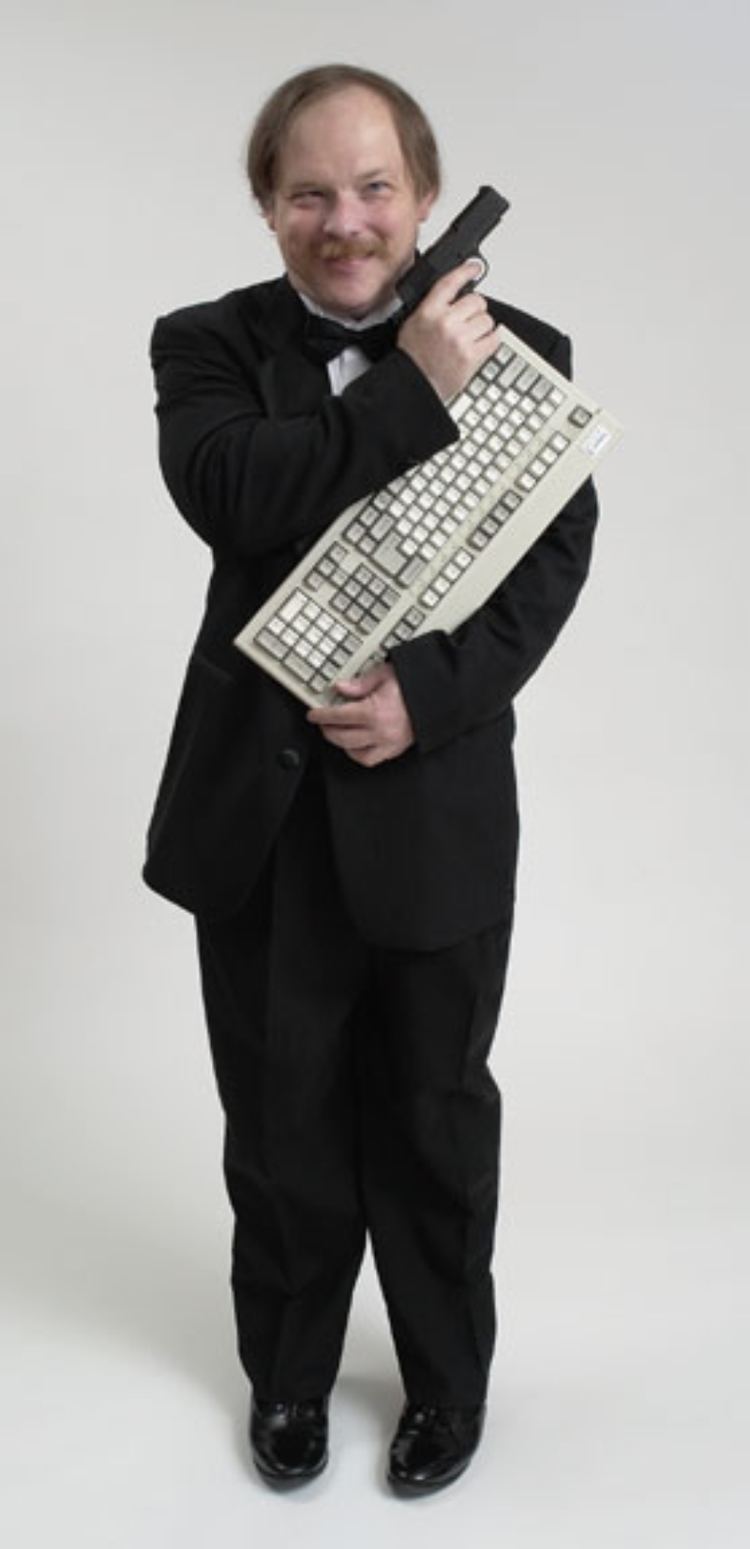
In 2000–2002 he wrote a number of HOWTOs still included in the Linux Documentation Project. His personal archive also lists a number of non-technical and very early non-Linux FAQs. At this time he also created CML2, a source code configuration system; while originally intended for the Linux operating system, it was rejected by kernel developers. Raymond attributed this rejection to "kernel list politics". Linus Torvalds on the other hand said in a 2007 mailing list post that as a matter of policy, the development team preferred more incremental changes. His 2003 book The Art of Unix Programming discusses user tools for programming and other tasks.
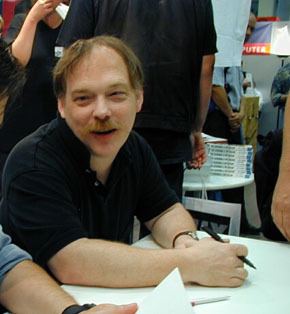
Raymond is currently the administrator of the project page for the GPS data tool gpsd. Also, some versions of NetHack include his guide. He has also contributed code and content to the free software video game The Battle for Wesnoth.
Views on open source
Raymond coined an aphorism he dubbed "Linus' Law", inspired by Linus Torvalds: "Given enough eyeballs, all bugs are shallow". It first appeared in his book The Cathedral and the Bazaar.
Raymond has refused to speculate on whether the "bazaar" development model could be applied to works such as books and music, not wanting to "weaken the winning argument for open-sourcing software by tying it to a potential loser".
Raymond has had a number of public disputes with other figures in the free software movement. As head of the Open Source Initiative, he argued that advocates should focus on the potential for better products. The "very seductive" moral and ethical rhetoric of Richard Stallman and the Free Software Foundation fails, he said, "not because his principles are wrong, but because that kind of language ... simply does not persuade anybody".
In a 2008 essay he "defended the right of programmers to issue work under proprietary licenses because I think that if a programmer wants to write a program and sell it, it's neither my business nor anyone else's but his customer's what the terms of sale are". In the same essay he also said that the "logic of the system" puts developers into "dysfunctional roles", with bad code the result.
Political beliefs and activism
Raymond is a member of the Libertarian Party. He is a gun rights advocate. He has endorsed the open source firearms organization Defense Distributed, calling them "friends of freedom" and writing "I approve of any development that makes it more difficult for governments and criminals to monopolize the use of force. As 3D printers become less expensive and more ubiquitous, this could be a major step in the right direction." In the midst of the hockey stick controversy on the origin and severity of global warming, Raymond opined that climate scientists have been bullied into pursuing a specific outcome.
Personal life
Raymond describes himself as neo-pagan.
